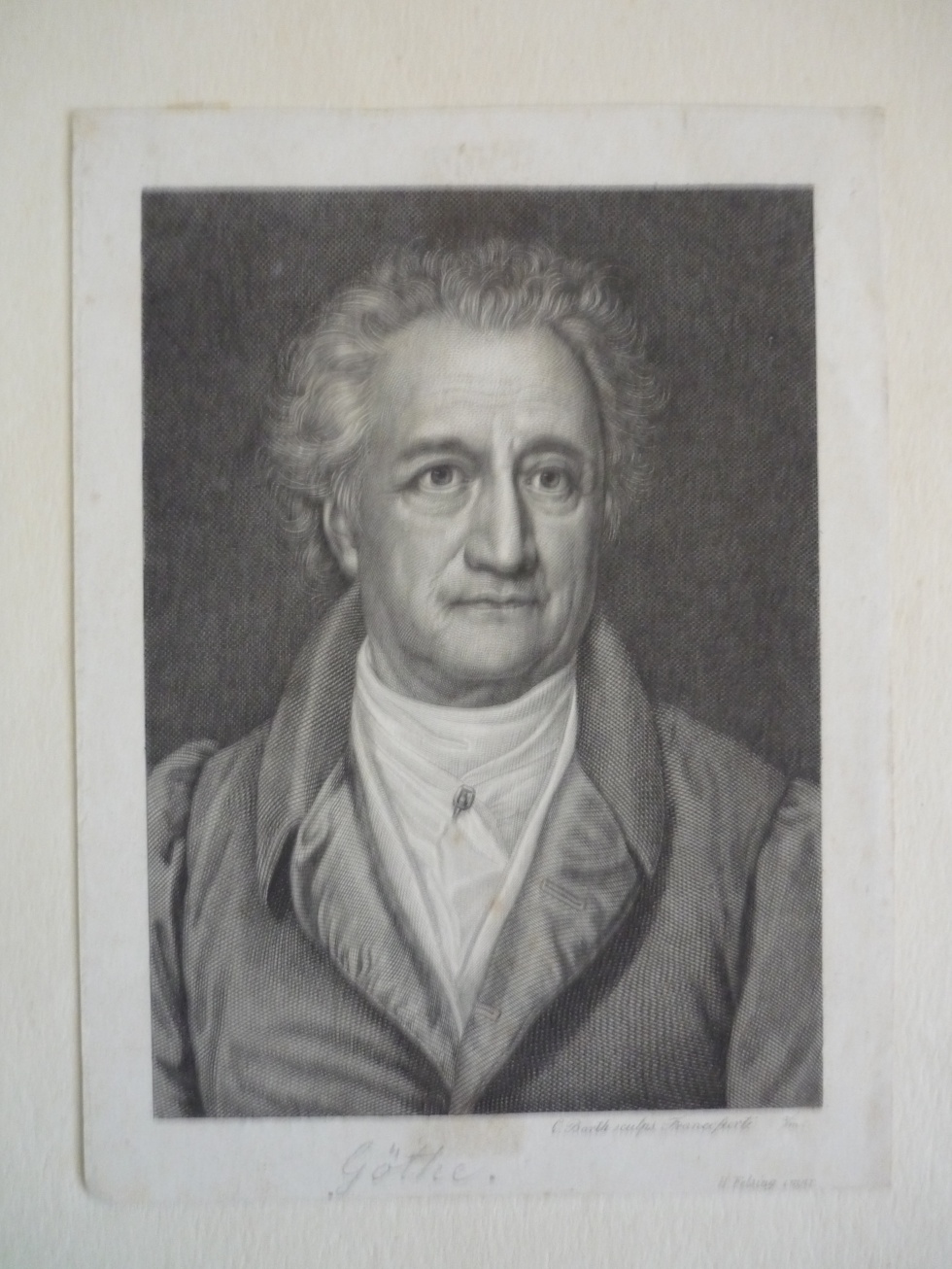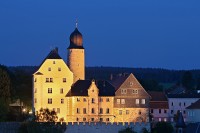Goethe (hier Göthe) ist eine Auftragsarbeit für den Berliner Verleger Georg Andreas Reimer (1776 - 1842), der diese zusammen mit einem Porträt der "Römerin" bei Barth in Auftrag gab. Der Kupferstich war als Illustration für das von Wilhelm Waiblinger herausgegebene Taschenbuch aus Italien und Griechenland für 1830 bestimmt. Als Zeichner der Vorlage hat Barth H. Felsing genannt, der Goethe porträtiert hatte.
en

